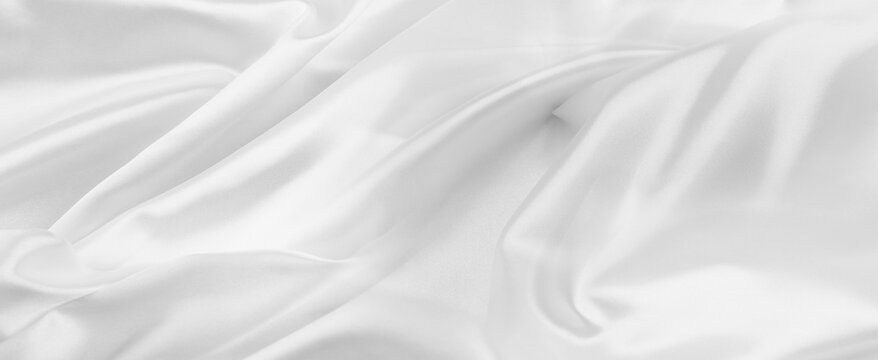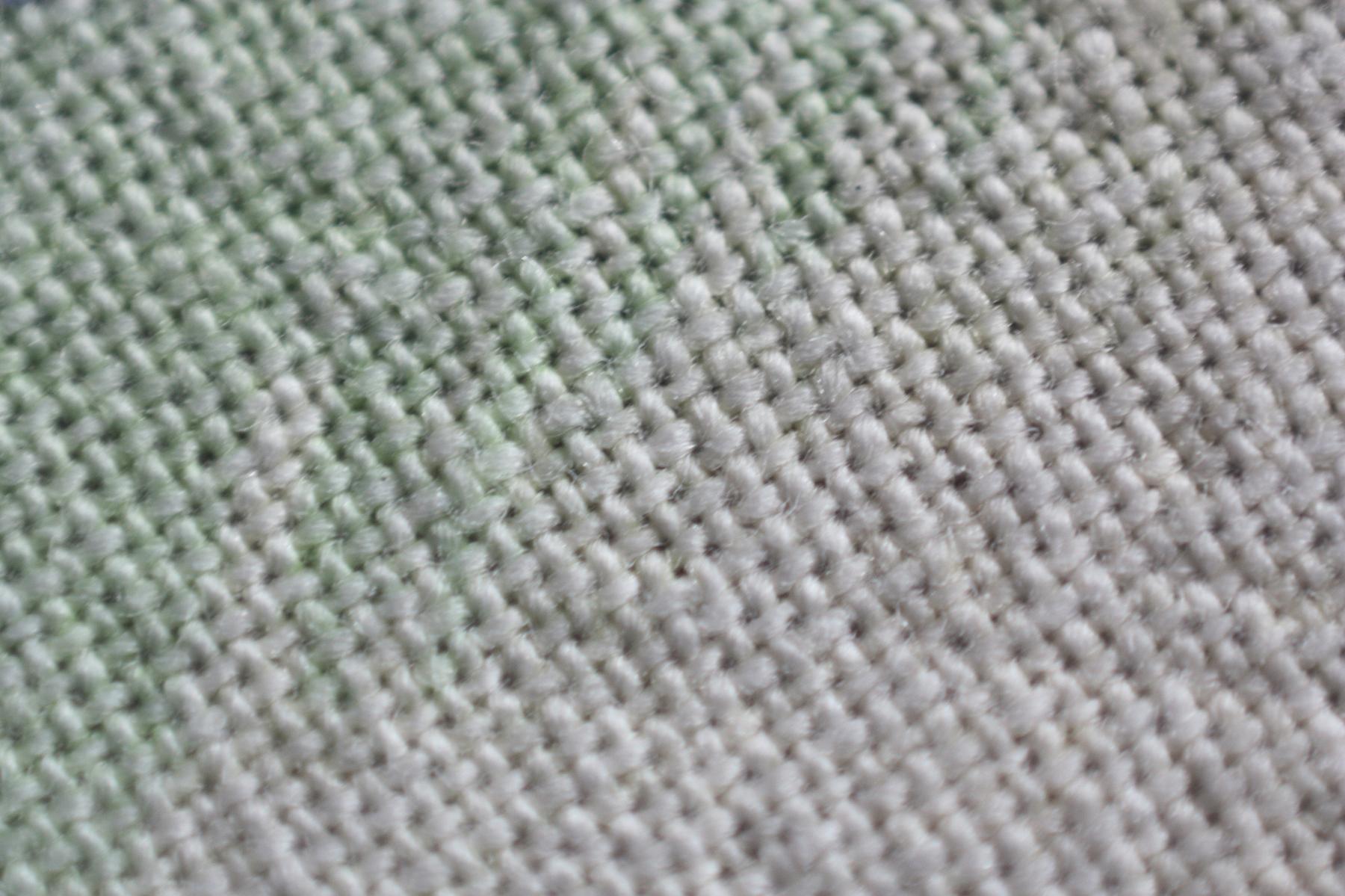Have you ever wondered about the stories woven into your curtains, throw pillows, and rugs? The threads of textile history are intricately entwined with the evolution of interior design, shaping our homes and the way we live within them. From ancient tapestries to modern sustainable fabrics, each piece carries a unique narrative that reflects the culture, technology, and artistry of its time. Join us on a journey through the rich tapestry of textile history in interior design as we unravel the threads that connect our past to our present.

A Brief History of Textile: From Ancient Times to Modern Day
Textile history is a vast and fascinating subject that spans centuries and continents. The earliest known textiles date back to around 5000 BCE, with evidence of woven fabrics found in ancient Egypt, Peru, and China. Over time, textiles have played a crucial role in human society, serving as clothing, shelter, and even currency. In medieval Europe, textiles were a luxury item reserved for the wealthy, while in the 19th century, the Industrial Revolution brought about mass production and made textiles more accessible to the general population. Today, textile history continues to evolve with new technologies and sustainable practices. From handwoven tapestries to digitally printed fabrics, textiles remain an integral part of our lives and interior design. Understanding the rich history of textiles can provide insight into their cultural significance and inspire new design ideas.

The Role of Textiles in Interior Design: Past and Present
Textiles have played a significant role in interior design throughout history. In ancient times, textiles were used for practical purposes such as warmth and protection. However, as civilizations developed, textiles became a symbol of wealth and status. Tapestries and other elaborate fabrics were used to decorate the homes of the wealthy and powerful.
During the Renaissance, textiles continued to be a sign of wealth and luxury. The use of silk and other expensive fabrics became popular in interior design. In the 18th century, printed cotton fabrics from India became fashionable in Europe.
Today, textiles are still an essential element in interior design. They add texture, color, and pattern to a space. From curtains to upholstery to decorative pillows, textiles can transform a room’s look and feel. Interior designers often use vintage or antique textiles to add character and history to a space.
Incorporating textiles into your interior design scheme can be an excellent way to express your personal style while adding warmth and comfort to your home. Whether you prefer traditional or contemporary designs, there is a textile out there that will suit your taste.
Incorporating Vintage Textiles into Your Interior Design Scheme
Vintage textiles have become increasingly popular in recent years as more people are seeking unique and eco-friendly decor options. Using vintage textiles in your interior design scheme adds character, charm, and a sense of history to any space. When incorporating these textiles into your design, it’s important to consider the condition of the fabric and how it will fit within the overall theme of the room.
One way to add vintage textiles is by using them as accents such as throw pillows or curtains. These smaller pieces can inject color and texture without overwhelming a space. In addition, antique rugs are another great way to bring warmth and depth into a room with their intricate patterns and rich colors.
When shopping for vintage textiles be sure to inspect them carefully for damage or wear. Some signs of wear can add character while others may compromise the integrity of the fabric over time. Look for fabrics that compliment your existing color palette but also keep an open mind towards unique combinations that might enhance your decor even further!

Exploring Global Influences in Textile Design and Their Impact on Interior Decor
The Rich Cultural Heritage of Textile Design: A Journey Through Time
The diverse cultural heritage of textile design has been woven into the fabric of interior decor for centuries. From the intricate patterns of Indian block prints to the bold colors and geometric shapes of African designs, textiles have long served as a means to express regional identity and tradition. Exploring these global influences in textile design can provide inspiration for unique interior schemes that reflect a rich cultural history. By incorporating traditional textiles from different corners of the world, you can create personalized spaces that are both visually stunning and deeply meaningful.
From Traditional to Contemporary: How Global Textile Influences Shape Interior Design Trends
The use of textiles in interior design has been influenced by various cultures around the world for centuries. Each culture offers unique designs and techniques that have evolved with time. The vibrant colors and intricate patterns of African fabrics, the luxurious silk and embroidery of Chinese textiles, or the colorful stripes of Peruvian fabrics- all demonstrate how different regions contribute to global textile influences.
In contemporary times, designers blend historical elements with modern aesthetics to create fresh looks. For example, Moroccan-inspired geometric patterns may appear on a sleek sofa or ottoman in a minimalist living room setting. By incorporating bold prints and saturated colors from traditional textiles into clean-lined furniture pieces or accent décor such as throws, pillows, curtains; these influences can make an impactful statement while still being approachable for everyday interiors.
Exploring the Fusion of Textile Art and Modern Interior Design
In today’s globalized world, cultural exchange has become a significant contributor to the evolution of textile design in interior decor. The fusion of traditional and modern elements from diverse cultures has led to exciting new design possibilities. This blending of styles is evident in contemporary textiles that incorporate symbols, motifs, and colors from different parts of the world, creating unique pieces that reflect our interconnectedness as a global society. From Moroccan-inspired patterns on throw pillows to intricate Indian tapestries used as wall hangings, incorporating these globally influenced textiles into your home can add character and depth to any room.
The Future of Textile Design in Interior Decor: Trends and Innovations
As the world becomes increasingly globalized, diverse cultural influences are finding their way into contemporary textile design. In response, designers are experimenting with bold geometric motifs and vibrant color schemes that draw inspiration from traditional fabrics from Africa, South America, Asia, and beyond. Sustainable materials such as bamboo, hemp and organic cotton fibers are also becoming more popular choices for manufacturing textiles.
Technology is also playing a significant role in revolutionizing textile design with innovations such as 3D printing technology allowing designers to create intricate patterns and shapes that were previously impossible to achieve by hand.
Overall, it’s clear that the future of textile design will be marked with exciting collaborations between artisans across cultures incorporating innovative techniques while embracing sustainability.
Revitalizing Traditional Techniques: Contemporary Approaches to Historical Textiles in Interiors
From Woven to Printed: Modern Techniques in Historical Textiles
Contemporary approaches to historical textiles are not limited to just preserving traditional techniques. Modern technology has allowed for experimentation in the domain of textile design, and new methods have emerged that transform antique fabrics into stunning pieces of art. From digital printing to laser cutting – innovative technologies are being utilized to revive ancient textile patterns and motifs. These modern techniques offer a unique take on traditional designs, incorporating elements of innovation that refresh the aesthetics while still keeping an essence of history alive. This combination creates a distinctive edge which sets apart these revitalized textiles from their ancestors’.
Bridging the Gap: How Contemporary Designers are Keeping Traditional Textile Methods Alive
Contemporary designers are embracing traditional textile methods and incorporating them into modern interior design. By reviving techniques such as hand-weaving, natural dyeing, and embroidery, designers are able to create unique and sustainable pieces that honor the history of textiles. Bold experimentation with materials and colors allows for a fresh take on traditional designs, while still maintaining their cultural significance. These methods not only preserve the heritage of textile-making but also provide opportunities for artisans to continue their craft. By bridging the gap between past and present, contemporary designers are keeping the art of textile-making alive while creating beautiful and meaningful pieces for interior design.
Textile Revival: The Resurgence of Handmade and Natural Materials in Interior Design
In recent years, there has been a resurgence of interest in handmade and natural materials in interior design, including textiles. Designers are looking to revive traditional techniques such as weaving, embroidery, and dyeing to create unique and sustainable pieces. Natural fibers like cotton, linen, and wool are also gaining popularity due to their durability and eco-friendliness. These materials add texture and depth to interiors while also telling a story of cultural heritage and craftsmanship. By incorporating these historical techniques into contemporary designs, we can create a bridge between the past and present, honoring the rich history of textile while also embracing modern aesthetics.
Exploring Global Traditions: Incorporating Cultural Diversity into Textile-Based Interiors
Incorporating textiles from different parts of the world is a great way to add cultural diversity and uniqueness to your interior design. Whether it’s an intricate Indian tapestry or a bold African print, these fabrics can bring character and personality to any space. When mixing global textiles, it’s important to consider color schemes, patterns, and texture in order to create a cohesive look. Additionally, incorporating traditional textile techniques such as block printing or weaving into contemporary designs can result in stunning and unique pieces that pay homage to historical craftsmanship while still feeling modern. By embracing global influences in textile design, you can infuse your home with a sense of worldly sophistication.
Textile Preservation 101: How to Care for Antique Fabrics Used in Your Home Decor
Textile preservation is crucial for antique fabrics used in home decor. These fabrics are often delicate and require special care to maintain their beauty and integrity. The first step in preserving textiles is to properly clean them, but this should only be done by a professional conservator. Handling antique textiles should also be done with care, as oils from our skin can damage the fibers over time. It’s important to store textiles in a cool, dry place away from direct sunlight and pests. Acid-free tissue paper can be used to wrap textiles for storage, and they should be stored flat or rolled on a tube to prevent creasing. If you plan on displaying antique textiles, consider using UV-filtering glass to protect them from fading. With proper care and preservation techniques, your antique textiles can be enjoyed for generations to come.
Incorporating textiles into interior design is a timeless practice that has been evolving for thousands of years. Understanding the history and cultural influences behind textile design can help us appreciate their beauty and significance in our homes today. From vintage fabrics to contemporary interpretations, there are countless ways to incorporate these versatile materials into your interior design scheme. By preserving antique textiles or revitalizing traditional techniques through modern approaches, we can continue the rich legacy of textile history while creating unique and personalized spaces that reflect our individual style.
FAQ
Who invented the spinning jenny?
James Hargreaves invented the spinning jenny in 1764.
What is the oldest known textile?
The oldest known textile is a piece of linen found in Egypt dating back to 5000 BC.
How did the Industrial Revolution impact textile production?
The Industrial Revolution introduced machines, leading to mass production and faster textile production.
Who was responsible for the invention of the power loom?
Edmund Cartwright invented the power loom in 1784.
What is the significance of the Jacquard loom?
The Jacquard loom used punch cards, allowing for complex patterns to be woven into textiles.
What is the objection to studying textile history?
Some may argue that studying textile history is irrelevant to modern society, but it provides insight into cultural and economic development.
